
Deutsch-Chinesische Enzyklopädie, 德汉百科

通厄伦(荷兰语:Tongeren,荷兰语发音:[ˈtɔŋərə(n)] (ⓘ);法语:Tongres,法语发音:[tɔ̃ɡʁ];德语:Tongern,德语发音:[ˈtɔŋɐn];林堡语:Tóngere,林堡语发音: [ˈtoŋəʀə])是比利时弗拉芒大区林堡省的一座城市,南与瓦隆大区列日省接壤,通行荷兰语,是弗拉芒社群的一部分,面积87.56平方千米,人口31,142人(2020年1月1日)。
Tongern (niederländisch Tongeren, limburgisch Tóngere, französisch Tongres) ist eine Stadt in der belgischen Provinz Limburg und der niederländischsprachigen Region Flandern. Sie ist die älteste Stadt Belgiens (gegründet um 15 v. Chr.), entstanden aus der römischen Siedlung Aduatuca Tungrorum, die an der Römerstraße von Köln nach Bavay lag, die heute Via Belgica genannt wird und weiter bis nach Bononia führte.



土伦(法語:Toulon,法语发音:[tulɔ̃]),法国东南部城市,普罗旺斯-阿尔卑斯-蓝色海岸大区瓦尔省的一个市镇,也是该省的省会和人口最多的城市,下辖土伦区[1],其市镇面积为42.84平方公里,2019年1月1日时人口数量为178,745人,在法国城市中排名第13位。
土伦位于瓦尔省西南部,是法国南部的一个区域性经济中心,普罗旺斯地区的第三大城市[2]。土伦因海洋军事工业与设施而闻名,是法国海军地中海总督所在地,土伦军港始建于17世纪,是法国规模最大的海军基地。土伦也因同名橄榄球俱乐部而闻名,后者曾连续三年获得橄榄球欧洲杯总冠军。
Toulon [tuˈlõ] (Okzitanisch: Tolon, Italienisch: Tolone) ist die Hauptstadt des französischen Départements Var und liegt an der Mittelmeerküste am östlichen Ende des Golfe du Lion, rund 70 km südöstlich von Marseille. Die Hafenstadt hat 167.816 Einwohner (1. Januar 2006) und ist der Heimathafen der französischen Marine im Mittelmeer.
Die Küstenregion um Toulon ist mindestens seit dem Paläolithikum von Menschen besiedelt, wie Funde in der Henry-Cosquer-Höhle gezeigt haben. Seit etwa dem 7. Jahrhundert v. Chr. bestanden Handelsniederlassungen an der Küste, die von griechischen Seefahrern aus Kleinasien gegründet worden waren. Ab etwa dem 4. Jahrhundert v. Chr. sind Kelten in der Gegend nachweisbar. Im 2. Jahrhundert v. Chr. besetzten die Römer die Küstenregion und gründeten die Hafenststadt Telo Martius, benannt möglicherweise nach einer ligurischen Göttin "Telo" oder von lat. tolus = Fuß eines Hügels und dem Kriegsgott Mars, aus der später Toulon hervorging. In der Antike war Telo Martius als ein Zentrum der Herstellung von Purpur bekannt. Gegen Ende des Römischen Reichs wurden die Stadt und Region christianisiert. Im frühen Mittelalter war die Stadt wiederholt Angriffen von Sarazenen und Piraten ausgesetzt. Nach der Angliederung der Provence an Frankreich im Jahr 1486 wurde Toulon allmählich zum Militärhafen ausgebaut. Insbesondere unter dem Minister Ludwigs XIV. Jean-Baptiste Colbert wurden die Befestigungsanlagen und Hafenanlagen nach Plänen von Sébastien Le Prestre de Vauban erweitert. Im Spanischen Erbfolgekrieg wurde die Stadt durch Koalitionstruppen im Jahr 1707 belagert, konnte aber nicht erobert werden. Im 18. und 19. Jahrhundert war Toulon Ausgangspunkt für verschiedene französische Marineoperationen im Mittelmeer.

图卢兹(法语:Toulouse)位于法国西南部加龙河畔,大致处于大西洋和地中海之间的中点,为上加龙省、欧西坦尼亚大区首府,距巴黎590公里(366英里)。截至2013年1月1日,图卢兹大市拥有1,291,517居民,是法国第四大城市,仅次于巴黎(1210万),里昂 (210万),和马赛(170万)。[4]
图卢兹是欧洲航天产业的基地,空中客车、伽利略定位系统、SPOT卫星的总部,法国国家太空研究中心的图卢兹航天中心(CST),欧洲最大的航天中心都位于这里[5]。欧洲最大卫星制造商泰雷兹阿莱尼亚宇航公司,和EADS公司的子公司EADS Astrium Satellites也是图卢兹的重要存在。著名的图卢兹大学创办于1229年,是欧洲最古老的大学之一,有超过97,000的学生,与里尔并列法国第三大大学校园,仅次于巴黎大学和里昂大学。[6]
图卢兹是前朗格多克省的首府(省级区划在法国大革命期间被取消)。现在它是南-比利牛斯大区的首府,该区是法国本土最大的地区。它也是上加龙二级行政区的首府。
トゥールーズ(トゥルーズ、Toulouse 発音例, オック語:Tolosa 発音: [tuˈluzɔ])は、フランスの南西部に位置するコミューンで、オクシタニー地域圏の首府、オート=ガロンヌ県の県庁所在地である。
Toulouse ([tuluːz] okzitanisch Tolosa [tuˈluzɔ]; deutsch veraltet: Tholosen) ist eine Stadt in Südfrankreich am Fluss Garonne.
In der Kernstadt lebten (Stand: 1. Januar 2015) 471.941 Einwohner, im Ballungsgebiet 920.402 Einwohner und in der gesamten Metropolregion 1.291.517 Einwohner – damit ist Toulouse die viertgrößte Stadt Frankreichs.
Toulouse ist die Hauptstadt der Verwaltungsregion Okzitanien sowie Verwaltungssitz des Départements Haute-Garonne. Bis zur Französischen Revolution war die Stadt offizielle Hauptstadt der Provinz Languedoc. Im Mittelalter war sie Hauptstadt der Region Okzitanien.
Toulouse (/tuːˈluːz/;[4] French: [tuluz] (![]() listen); Occitan: Tolosa [tuˈluzɔ], Latin: Tolosa) is the capital of the French department of Haute-Garonne and of the region of Occitanie. The city is on the banks of the River Garonne, 150 kilometres (93 miles) from the Mediterranean Sea, 230 km (143 mi) from the Atlantic Ocean and 680 km (420 mi) from Paris. It is the fourth-largest city in France, with 466,297 inhabitants as of January 2014. In France, Toulouse is called the "Pink City" (La Ville Rose).
listen); Occitan: Tolosa [tuˈluzɔ], Latin: Tolosa) is the capital of the French department of Haute-Garonne and of the region of Occitanie. The city is on the banks of the River Garonne, 150 kilometres (93 miles) from the Mediterranean Sea, 230 km (143 mi) from the Atlantic Ocean and 680 km (420 mi) from Paris. It is the fourth-largest city in France, with 466,297 inhabitants as of January 2014. In France, Toulouse is called the "Pink City" (La Ville Rose).
The Toulouse Metro area, with 1,312,304 inhabitants as of 2014, is France's fourth-largest metropolitan area, after Paris, Lyon and Marseille, and ahead of Lille and Bordeaux.
Toulouse is the centre of the European aerospace industry, with the headquarters of Airbus (formerly EADS), the Galileo positioning system, the SPOT satellite system, ATR and the Aerospace Valley. It also hosts the European headquarters of Intel and CNES's Toulouse Space Centre (CST), the largest space centre in Europe.[5] Thales Alenia Space, ATR, SAFRAN, Liebherr-Aerospace and Astrium Satellites also have a significant presence in Toulouse.
The University of Toulouse is one of the oldest in Europe (founded in 1229) and, with more than 103,000 students, it is the fourth-largest university campus in France, after the universities of Paris, Lyon and Lille.[6]
The air route between Toulouse–Blagnac and Paris Orly is the busiest in Europe, transporting 2.4 million passengers in 2014.[7] According to the rankings of L'Express and Challenges, Toulouse is the most dynamic French city.[8][9][10]
The city was the capital of the Visigothic Kingdom in the 5th century and the capital of the province of Languedoc in the Late Middle Ages and early modern period (provinces were abolished during the French Revolution), making it the unofficial capital of the cultural region of Occitania (Southern France). It is now the capital of the Occitanie region, the second largest region in Metropolitan France.
A city with unique architecture made of pinkish terracotta bricks, which earned it the nickname la Ville Rose ("the Pink City"), Toulouse counts two UNESCO World Heritage Sites, the Canal du Midi (designated in 1996 and shared with other cities), and the Basilica of St. Sernin, the largest remaining Romanesque building in Europe,[11] designated in 1998 because of its significance to the Santiago de Compostela pilgrimage route.
Toulouse est une commune du Sud-Ouest de la France. Capitale pendant près de cent ans du royaume wisigoth1 et capitale historique du Languedoc2, elle est aujourd'hui le chef-lieu de la région Occitanie, du département de la Haute-Garonne, et est le siège de Toulouse Métropole3. Elle était également la préfecture de l'ancienne région Midi-Pyrénées jusqu'à sa disparition au 1er janvier 2016.
Avec 471 941 habitants au 1er janvier 20154, Toulouse est la quatrième commune la plus peuplée de France après Paris, Marseille et Lyon, ayant gagné 101 000 habitants au cours des 47 dernières années (1968-2015). Ses habitants sont appelés les Toulousains. L'aire urbaine de Toulouse regroupe 1 330 954 habitants en 20155, ce qui en fait aussi la quatrième du pays. Avec 948 433 habitants en 2015, l'agglomération est la cinquième, derrière celle de Lille et devant celles de Nice et de Bordeaux.
Ville à l'architecture caractéristique des cités du Midi de la France6,7, Toulouse est surnommée la « ville rose » en raison de la couleur du matériau de construction traditionnel local, la brique de terre cuite. Le développement de la culture de la violette de Toulouse au XIXe siècle en fait un emblème de la ville et lui vaut le surnom de « cité des violettes ». Elle est aussi, beaucoup plus rarement, surnommée la « cité Mondine » (la Ciutat Mondina en occitan), en référence à la dynastie des comtes de la ville, souvent nommés Raymond8.
Reliant Toulouse à Sète, le canal du Midi est inscrit au patrimoine mondial de l'Unesco depuis 1996. La basilique Saint-Sernin, plus grand édifice roman d'Europe, y est également inscrite depuis 1998 au titre des chemins de Saint-Jacques de Compostelle.
Toulouse est la capitale européenne de l'industrie aéronautique et spatiale avec les sites d'Airbus et de sa maison mère Airbus Group. Elle compte plus de 100 000 étudiants9 et selon L'Express il s'agissait de la ville la plus dynamique de France en 200910. Le magazine économique Challenges renouvelle ce titre en 201211 et 201512.
Le sport emblématique de Toulouse est le rugby à XV, son club du Stade toulousain détenant le plus riche palmarès sur le plan national comme sur le plan continental, avec 19 titres de champion de France et 4 titres de champion d'Europe.
Le cassoulet, la saucisse et la violette sont les spécialités emblématiques de la gastronomie toulousaine.
Tolosa (AFI: /toˈloza/[2]; in francese Toulouse, in occitano Tolosa) è una città della Francia, capoluogo della regione Occitania (dipartimento dell'Alta Garonna).
Attraversata dalla Garonna, è situata nella regione sudoccidentale del Paese, a circa 100 km di distanza dai Pirenei spagnoli e più o meno a metà strada tra l'Oceano Atlantico e il Mar Mediterraneo. Si tratta della quarta città più popolosa del Paese dopo Parigi, Marsiglia e Lione. Secondo il censimento del 2014, la città di Tolosa conta 466.297 abitanti (contro i 390.350 nel 1999), che arrivano a 1.312.304 (contro i 964.797 nel 1999) nella sua area metropolitana anche la quarta più popolosa del paese (INSEE). Il territorio comunale della città si estende su una superficie di 118,3 km².
Centro culturale dell'Occitania, ha ricevuto l'appellativo di Città Rosa per il colore dominante degli antichi edifici e possiede due siti iscritti al Patrimonio dell'umanità dell'UNESCO, la basilica romanica di Saint-Sernin (più grande edificio romanico d'Europa) e il Canal du Midi. I suoi abitanti si chiamano tolosani (Toulousains) e il simbolo che appare sulla bandiera della città è la croce occitana. Il motto della città è, in occitano, Per Tolosa totjorn mai (Per Tolosa, sempre di più).
Toulouse5 (pronunciado en francés ![]() [tuˈluz] (?·i); en occitano y tradicionalmente en español: Tolosa, y también nombrada como Ciutat Mondina, en occitano, en referencia a la dinastía de los Condes de la ciudad llamados Raymond en su mayoría6) es una ciudad del sur de Francia, capital del departamento del Alto Garona y de la región Occitania, así como la capital histórica de la provincia del Languedoc. Con 458 298 habs. en 2013 es la cuarta más poblada del país, por detrás de París, Marsella y Lyon.7
[tuˈluz] (?·i); en occitano y tradicionalmente en español: Tolosa, y también nombrada como Ciutat Mondina, en occitano, en referencia a la dinastía de los Condes de la ciudad llamados Raymond en su mayoría6) es una ciudad del sur de Francia, capital del departamento del Alto Garona y de la región Occitania, así como la capital histórica de la provincia del Languedoc. Con 458 298 habs. en 2013 es la cuarta más poblada del país, por detrás de París, Marsella y Lyon.7
Su área urbana, con 1 312304 habitantes,8 es también la cuarta mayor de Francia y la primera en crecimiento demográfico. Es atravesada por el río Garona (en francés: Garonne) y en su casco urbano (Port de l'Embouchure) se produce la confluencia de los canales de Midi, Brienne y lateral de la Garona. Está localizada al suroeste del país , entre el Mediterráneo (Gruissan) y el océano Atlántico (Capbreton), a 90 km de los Pirineos españoles.
Recibe el apodo de Ciudad Rosa por el color dominante en los edificios antiguos, hechos con ladrillos caravista. Su altitud promedio es de 141 metros, el relieve es poco accidentado.
Тулу́за (фр. Toulouse [tuˈluz] ![]() слушать, местн. [tuˈluzə]
слушать, местн. [tuˈluzə] ![]() слушать, окс. Tolosa [tuˈluzɔ], лат. Tolosa, кат. Tolosa de Llenguadoc) — город на юге Франции, столица региона Окситания и префектура (административный центр) департамента Верхняя Гаронна и округа Тулуза. Один из самых крупных культурных, научных и промышленных центров Франции; четвёртый по населению (466.297 человек, 2014) город после Парижа, Марселя и Лиона. Девиз — Per Tolosa totjorn mai с ок. — «Всего больше для Тулузы».
слушать, окс. Tolosa [tuˈluzɔ], лат. Tolosa, кат. Tolosa de Llenguadoc) — город на юге Франции, столица региона Окситания и префектура (административный центр) департамента Верхняя Гаронна и округа Тулуза. Один из самых крупных культурных, научных и промышленных центров Франции; четвёртый по населению (466.297 человек, 2014) город после Парижа, Марселя и Лиона. Девиз — Per Tolosa totjorn mai с ок. — «Всего больше для Тулузы».


图尔奈(法语:Tournai,法语发音:[tuʁnɛ] (ⓘ);荷兰语:Doornik,荷兰语发音:[ˈdoːrnɪk] (ⓘ);皮卡第语:Tornai;德语旧名:Dornick),比利时瓦隆大区埃诺省城市,位于埃斯科河畔,西与法国接壤,通行法语,是比利时法语社群的一部分,人口69,554人(2018年1月1日)。
图尔奈与阿尔隆、通厄伦同为比利时最古老的三个城市,在比利时文化历史上扮演了重要角色。历史上,图尔奈曾是法兰克帝国的首都,其大教堂和钟楼都被联合国教科文组织列为世界文化遗产。
Tournai (französisch, aus lateinisch Turnacum;[1] niederländisch Doornik, deutsch veraltet Dornick) ist eine Stadt am Fluss Escaut (niederländisch: Schelde) in der Provinz Hennegau (niederländisch Henegouwen, französisch Hainaut) im picardischen Teil von Wallonien, dem überwiegend Französisch sprechenden Teil Belgiens. Sie hatte am 1. Januar 2019 gemäß den Angaben des nationalen Registers 69.233 Einwohner.[2] Die Stadt liegt etwa 85 km südwestlich von Brüssel. Mit einer Fläche von über 213 km² ist sie die größte Gemeinde Belgiens.

图尔(法语:Tours,法语发音:[tuʁ]),法国中西部城市,中央-卢瓦尔河谷大区安德尔-卢瓦尔省的一个市镇和该省的省会,下辖图尔区[1],其市镇面积34.36平方公里,2019年1月1日时人口数量为137,087人,是该省乃至整个大区人口数量最多的城市。2018年,图尔-卢瓦尔河谷都会区成立,代替了原来的城市圈公共社区[史 1],成为了法国22个都会区之一[注 1]。
图尔位于法国巴黎盆地西南部,市区地势平坦,法国第一大河卢瓦尔河和其第二大支流谢尔河自东向西平行穿越市区,使得图尔市区呈现出“两水三岸”的城市面貌[2]。图尔也是法国西部重要的交通枢纽之一,三条高速公路和十个方向的铁路线在此交汇,由此前往周边多个大城市的路程均在一小时以内[地 1]。图尔-卢瓦尔河谷机场亦是中央-卢瓦尔河谷大区境内唯一的开辟常规航线的客运机场[地 2]。
图尔是法国历史文化名城,其筑城史始于公元一世纪,自建城以来一直为这一地区的政治和文化中心,中世纪时成为军事要塞和圣雅各朝圣之路上的重要驿站,文艺复兴前期(1450年-1550年)则因瓦卢瓦国王路易十一的长居而一度成为了“法兰西的首都”[3]。图尔市中心的传统房屋多以石灰华和板岩作为外墙和屋顶的装饰材料,因此图尔又被誉为“白蓝之城”(Blanche et Bleu)[文 1],其所在的卢瓦尔河谷也被称为“法兰西花园”[文 2],并于2000年被列入世界文化遗产。
Tours [tu(ː)ʀ] ist die Hauptstadt (préfecture) des französischen Départements Indre-et-Loire in der Region Centre-Val de Loire. Tours hat 137.087 Einwohner (Stand 1. Januar 2019) und liegt an der Loire und am Cher, zwischen Orléans und der Atlantikküste.
Der Name der Stadt leitet sich von den Turonen – einem alten gallischen Stamm – ab.

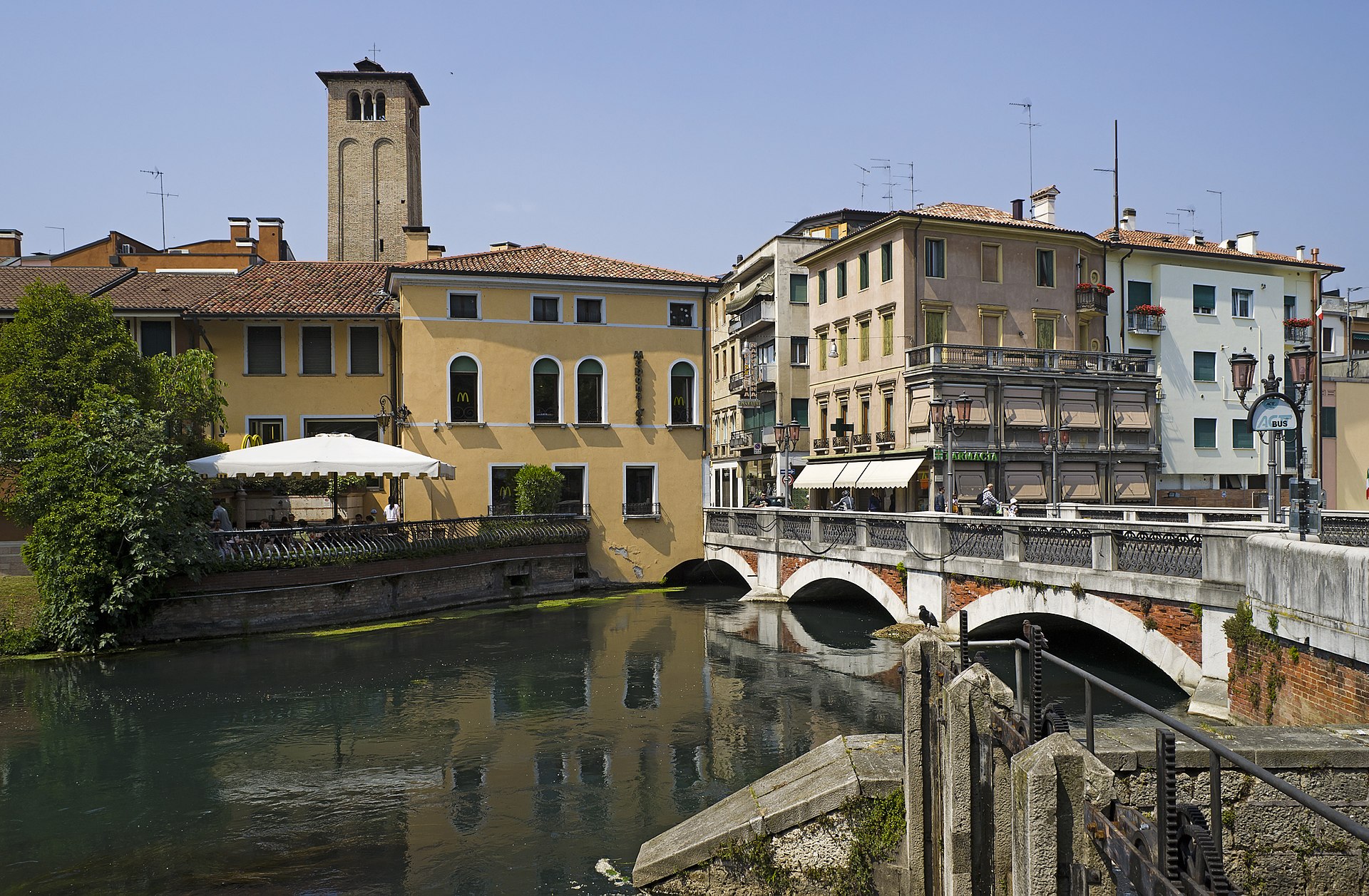
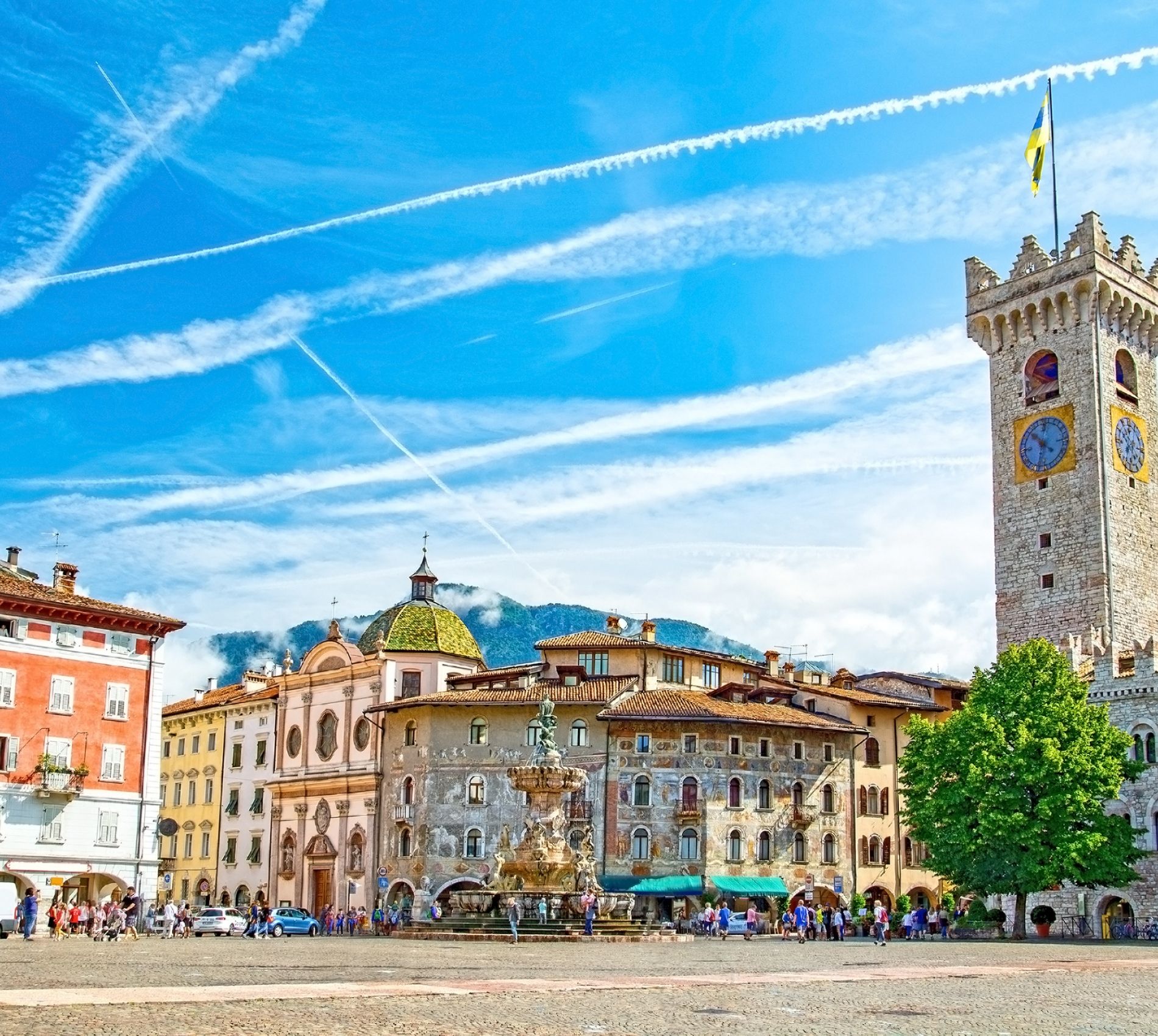
Trient ([triˈɛnt] oder [ˈtriɛnt]; italienisch Trento, trentinisch Trènt, ladinisch Trënt, lateinisch Tridentum, fersentalerisch Trea't, zimbrisch Tria) ist die Hauptstadt der Autonomen Provinz Trient und der Autonomen Region Trentino-Südtirol, der am nördlichsten gelegenen Verwaltungsregion Italiens. Die Gemeinde hat 117.847 Einwohner.[2] Der Ort ist Sitz des Erzbistums Trient und der Universität Trient mit etwa 16.000 Studenten.
特伦托(意大利语:Trento),特里恩特或特伦特[1](德语:Trient;英语:Trent),是意大利特伦蒂诺-上阿迪杰大区西南部特伦托省的市镇及其首府。面积157.9平方公里,人口120,709人(2020年)。罗马教廷于1545至1563年在此召开大公会议,即特伦托会议。清初耶稣会传教士卫匡国1614年出生于此。
 Germany
Germany

 History
History

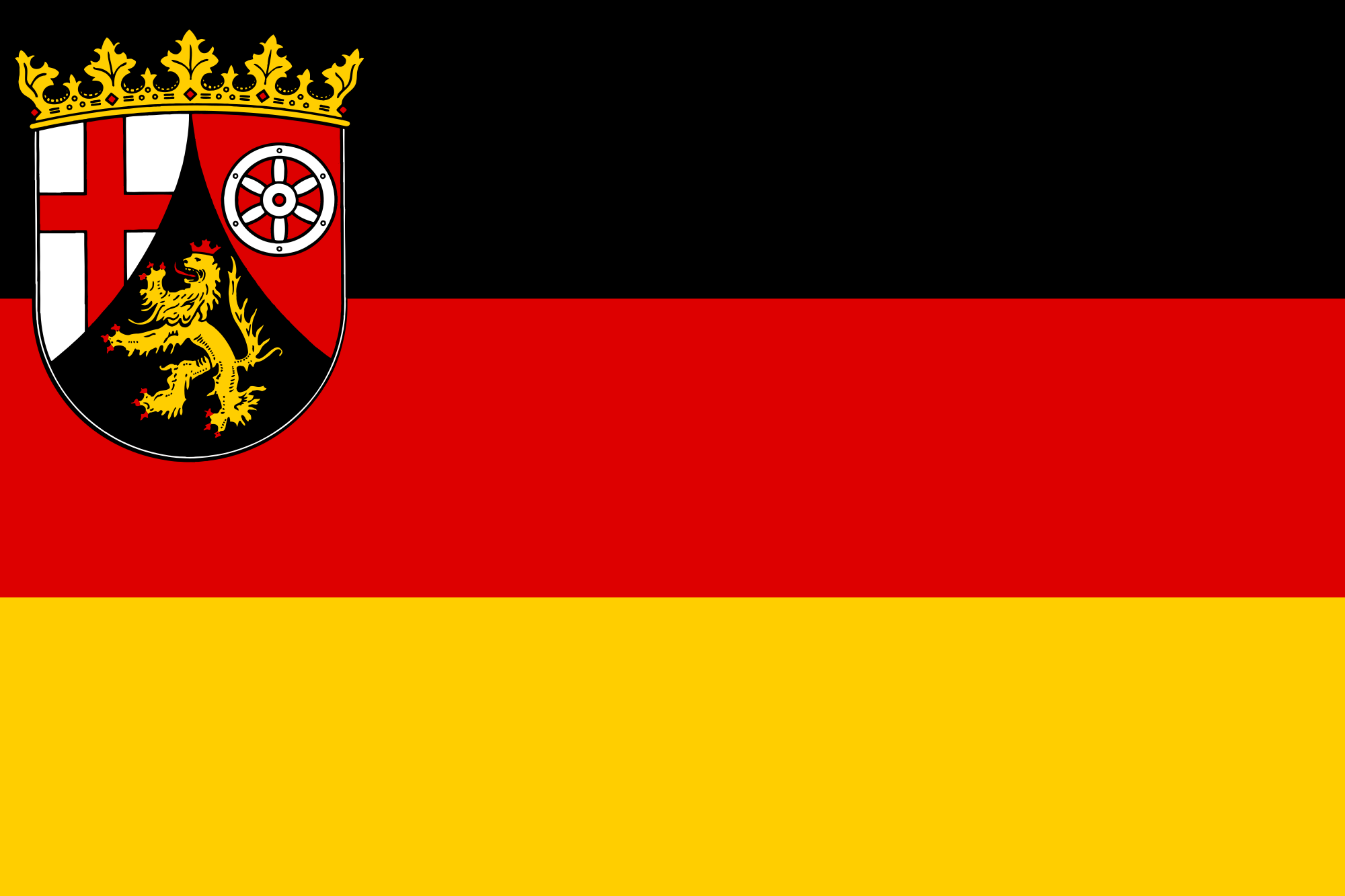 Rhineland-Palatinate
Rhineland-Palatinate

 Vacation and Travel
Vacation and Travel

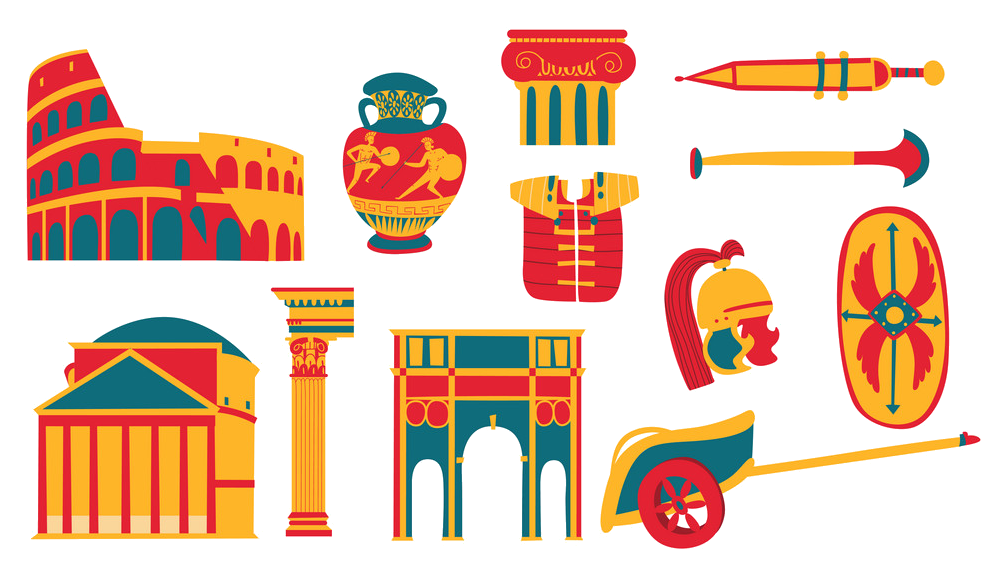 Cities founded by the Romans
Cities founded by the Romans

 World Heritage
World Heritage

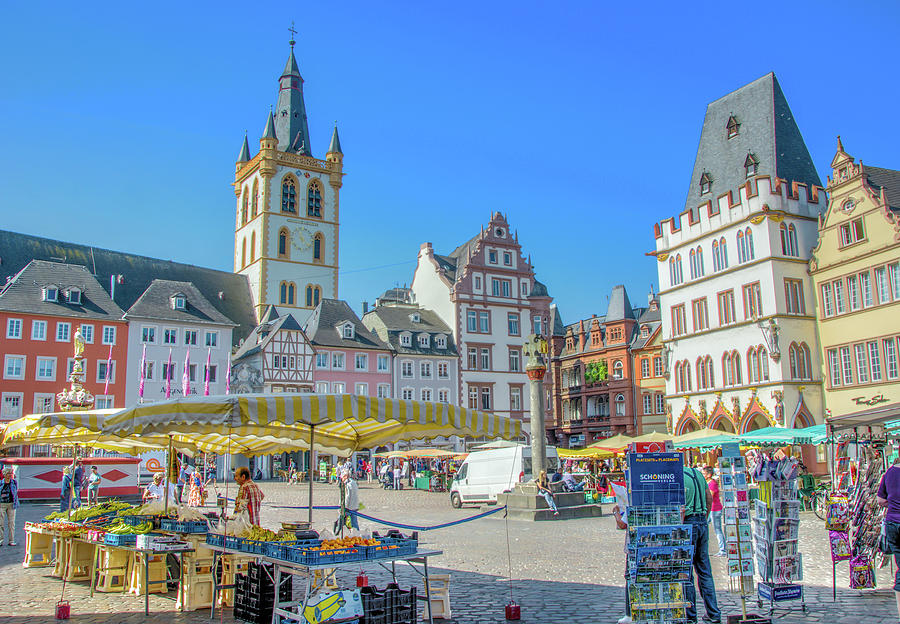
特里尔,依粤语又译堤雅(德语:Trier,法语:Trèves),德国最古老的城市,位于莱茵兰-普法尔茨州西南部,摩泽尔河岸,靠近卢森堡边境。开埠于公元前16年,曾为罗马帝国四帝共治制时期西部恺撒(副皇帝)的驻节地。特里尔不是唯一声称最古老的德国城市,但它作为“城市”有超过两千年的历史,而不是作为殖民地或者军队驻扎地,这在德国确实是最古老的。
特里尔位于莱茵兰-普法尔茨州西南部的摩泽尔河谷中,两岸是低缓的红砂岩山丘,布满葡萄田,属于著名的摩泽尔-萨尔-乌沃(Mosel-Saar-Ruwer)葡萄酒产区。
特里尔是最早的基督教在阿尔卑斯山北侧的主教教区。中世纪,特里尔大主教是一个重要的教会诸侯;他管辖的主教辖区控制了从法国边界到莱茵河的大片地区。特里尔大主教也是神圣罗马帝国的7个选帝侯之一。
特里尔也以马克思诞生地而闻名。
Trier (französisch Trèves, luxemburgisch Tréier) ist eine kreisfreie Stadt im Westen des Landes Rheinland-Pfalz. Mit etwa 110.000 Einwohnern ist sie nach Mainz, Ludwigshafen am Rhein und Koblenz dessen viertgrößte Stadt.
Die Stadt wurde vor mehr als 2000 Jahren unter dem Namen Augusta Treverorum (ab der zweiten Hälfte des 3. Jahrhunderts Treveris) gegründet und beansprucht den Titel der ältesten Stadt Deutschlands für sich. Trier beruft sich hierbei auf die längste Geschichte als bereits von den Römern anerkannte Stadt, im Gegensatz zu einer Siedlung oder einem Heerlager.
Die Römischen Baudenkmäler in Trier zählen seit 1986 zum UNESCO-Welterbe. Hierzu gehören Amphitheater, Barbarathermen, Kaiserthermen, Konstantinbasilika, Porta Nigra, Römerbrücke sowie die Igeler Säule in Igel. Ebenfalls zum Trierer Weltkulturerbe zählt der im Kern romanische Dom und die frühgotische Liebfrauenkirche. Darüber hinaus gibt es in Trier Kulturdenkmäler aus nahezu allen Epochen von der Frühgeschichte bis zum 21. Jahrhundert.
Trier ist Sitz der Universität Trier und der Hochschule Trier, der Verwaltung des Landkreises Trier-Saarburg, der Verwaltung der Verbandsgemeinde Trier-Land, der Aufsichts- und Dienstleistungsdirektion (ADD, bis 1999 Bezirksregierung Trier), mehrerer Dienststellen des Landesuntersuchungsamtes (LUA), einer Dienststelle des Landesamtes für Soziales, Jugend und Versorgung Rheinland-Pfalz und einer römisch-katholischen Diözese (Bistum Trier, das älteste nördlich der Alpen) und des evangelischen Kirchenkreises Trier.
トリーア(ドイツ語: Trier [tʁiːɐ̯] (![]() 音声ファイル), フランス語: Trèves [tʁɛv])は、ドイツ連邦共和国ラインラント=プファルツ州の都市。人口は約10万人(2005年)。トリアーとも表記される。
音声ファイル), フランス語: Trèves [tʁɛv])は、ドイツ連邦共和国ラインラント=プファルツ州の都市。人口は約10万人(2005年)。トリアーとも表記される。
かつては舞台ドイツ語式発音に基づいてトリール、トリエルと呼ばれたが、近年では現在の標準ドイツ語の発音に近い「トリーア」が主に用いられる。
Trier (German pronunciation: [tʁiːɐ̯] (![]() listen); Luxembourgish: Tréier [ˈtʀɜɪ̯ɐ]), formerly known in English as Treves (French: Trèves, IPA: [tʁɛv]) and Triers (see also names in other languages), is a city in Germany on the banks of the Moselle. Trier lies in a valley between low vine-covered hills of red sandstone in the west of the state of Rhineland-Palatinate, near the border with Luxembourg and within the important Moselle wine region. The German philosopher and one of the founders of Marxism, Karl Marx was born in the city in 1818.
listen); Luxembourgish: Tréier [ˈtʀɜɪ̯ɐ]), formerly known in English as Treves (French: Trèves, IPA: [tʁɛv]) and Triers (see also names in other languages), is a city in Germany on the banks of the Moselle. Trier lies in a valley between low vine-covered hills of red sandstone in the west of the state of Rhineland-Palatinate, near the border with Luxembourg and within the important Moselle wine region. The German philosopher and one of the founders of Marxism, Karl Marx was born in the city in 1818.
Founded by the Celts in the late-4th century BC as Treuorum, it was later conquered by the Romans in the late-1st century BC and renamed Trevorum or Augusta Treverorum (Latin for "The City of Augustus among the Treveri"). Trier may be the oldest city in Germany.[2][3] It is also the oldest seat of a bishop north of the Alps. In the Middle Ages, the Archbishop-Elector of Trier was an important prince of the church, as the archbishop-electorate controlled land from the French border to the Rhine. The Archbishop-Elector also had great significance as one of the seven electors of the Holy Roman Empire.
With an approximate population of 105,000, Trier is the fourth-largest city in its state, after Mainz, Ludwigshafen, and Koblenz.[4] The nearest major cities are Luxembourg (50 km or 31 mi to the southwest), Saarbrücken (80 kilometres or 50 miles southeast), and Koblenz (100 km or 62 mi northeast).
The University of Trier, the administration of the Trier-Saarburg district and the seat of the ADD (Aufsichts- und Dienstleistungsdirektion), which until 1999 was the borough authority of Trier, and the Academy of European Law (ERA) are all based in Trier. It is one of the five "central places" of the state of Rhineland-Palatinate. Along with Luxembourg, Metz and Saarbrücken, fellow constituent members of the QuattroPole union of cities, it is central to the greater region encompassing Saar-Lor-Lux (Saarland, Lorraine and Luxembourg), Rhineland-Palatinate, and Wallonia.
Trèves (en allemand : Trier /ˈtʁiːɐ̯/ Écouter, en luxembourgeois : Tréier) est une ville et un arrondissement d'Allemagne, dans le Land de Rhénanie-Palatinat. La ville est située sur la Moselle. En 2008, la ville comptait 104 640 habitants.
Treviri (AFI: [ˈtrɛviri][1]; in tedesco: Trier, in francese: Trèves, in lussemburghese: Tréier) è una città extracircondariale nella parte occidentale del Land tedesco della Renania-Palatinato; è sede di una prestigiosa università.
Pur essendo una città extracircondariale, ospita la sede amministrativa del circondario (Landkreis) di Treviri-Saarburg.
La città è nota per aver dato i natali a Karl Marx.
Tréveris (en alemán, Trier; en francés, Trèves; véanse los nombres en otros idiomas) es una ciudad de Renania-Palatinado, Alemania, ubicada en la ribera derecha del río Mosela. Dista unos 9 km de Luxemburgo, 35 km de Francia y 50 km de Bélgica. Tiene 100 000 habitantes aproximadamente. Se considera la ciudad más antigua de Alemania y en 1986, la Unesco declaró el conjunto de «monumentos romanos, la catedral de San Pedro y la iglesia de Nuestra Señora en Tréveris» Patrimonio de la Humanidad.1. En Tréveris nació Karl Marx el 5 de mayo de 1818.
 International cities
International cities

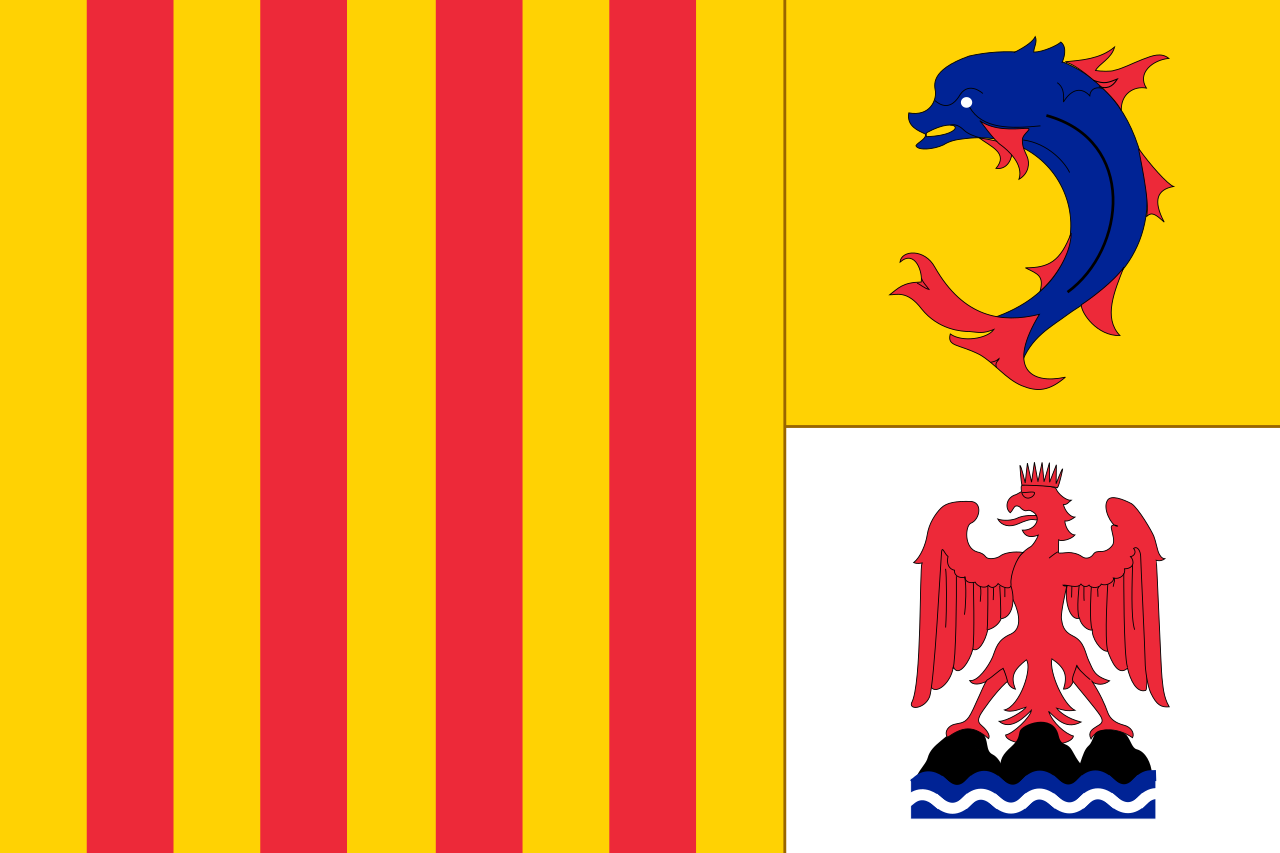 Provence-Alpes-Côte d´Azur
Provence-Alpes-Côte d´Azur
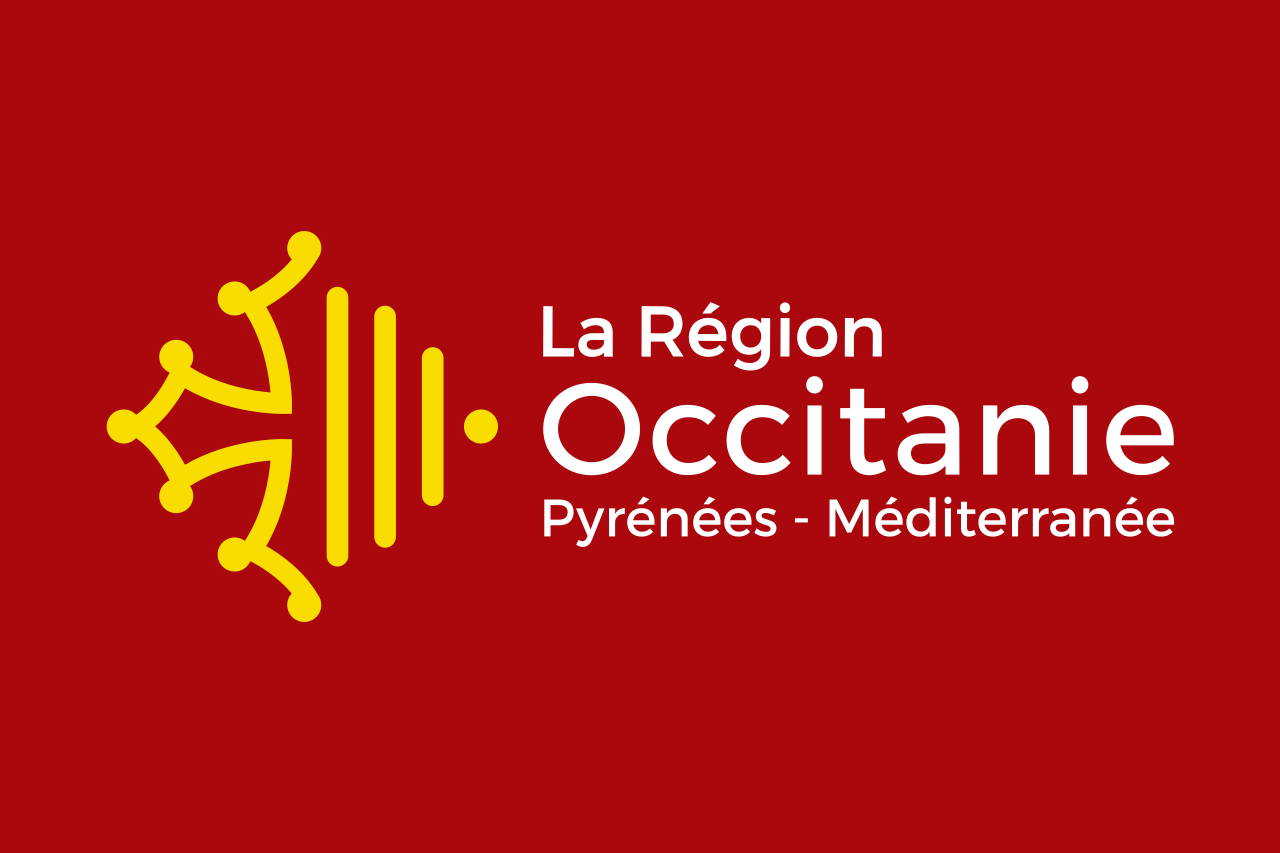 Occitania
Occitania
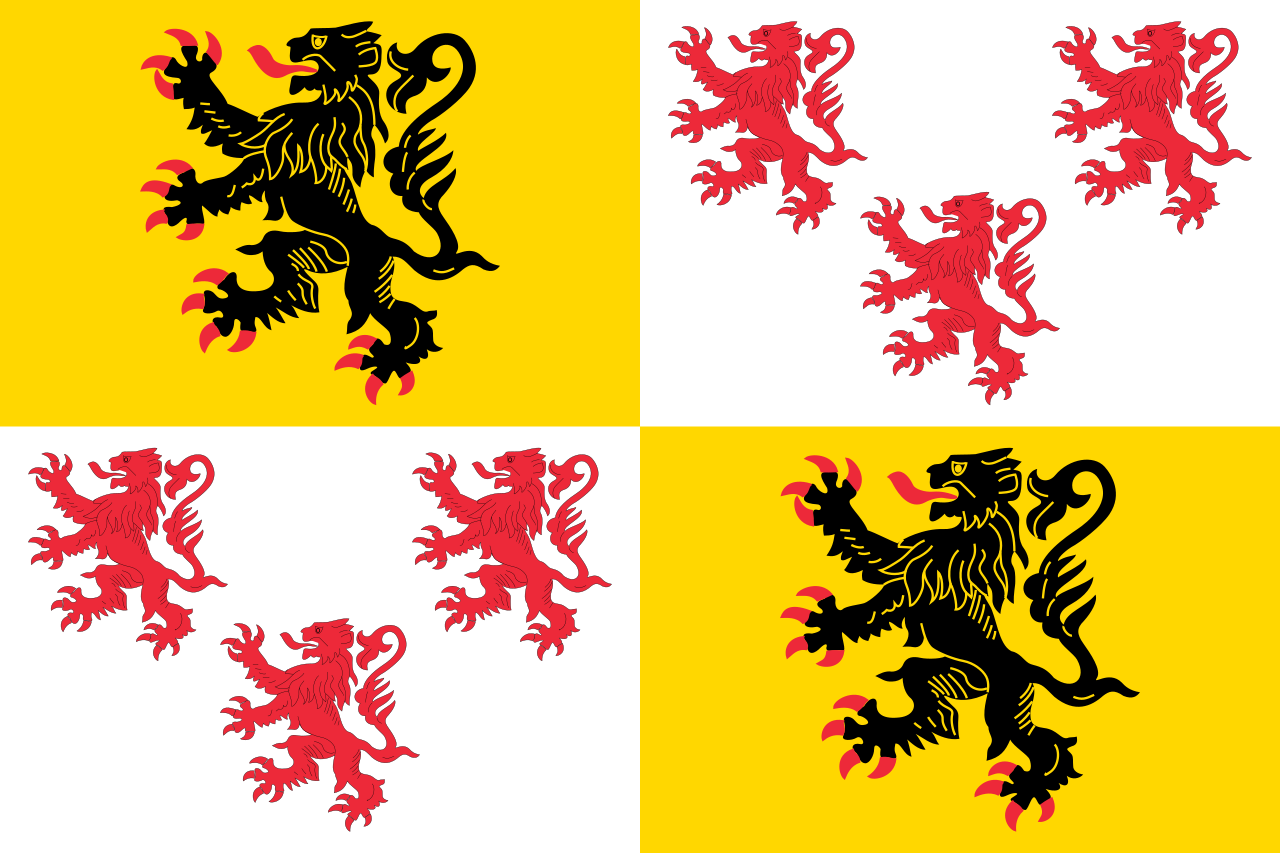 Hauts-de-France
Hauts-de-France
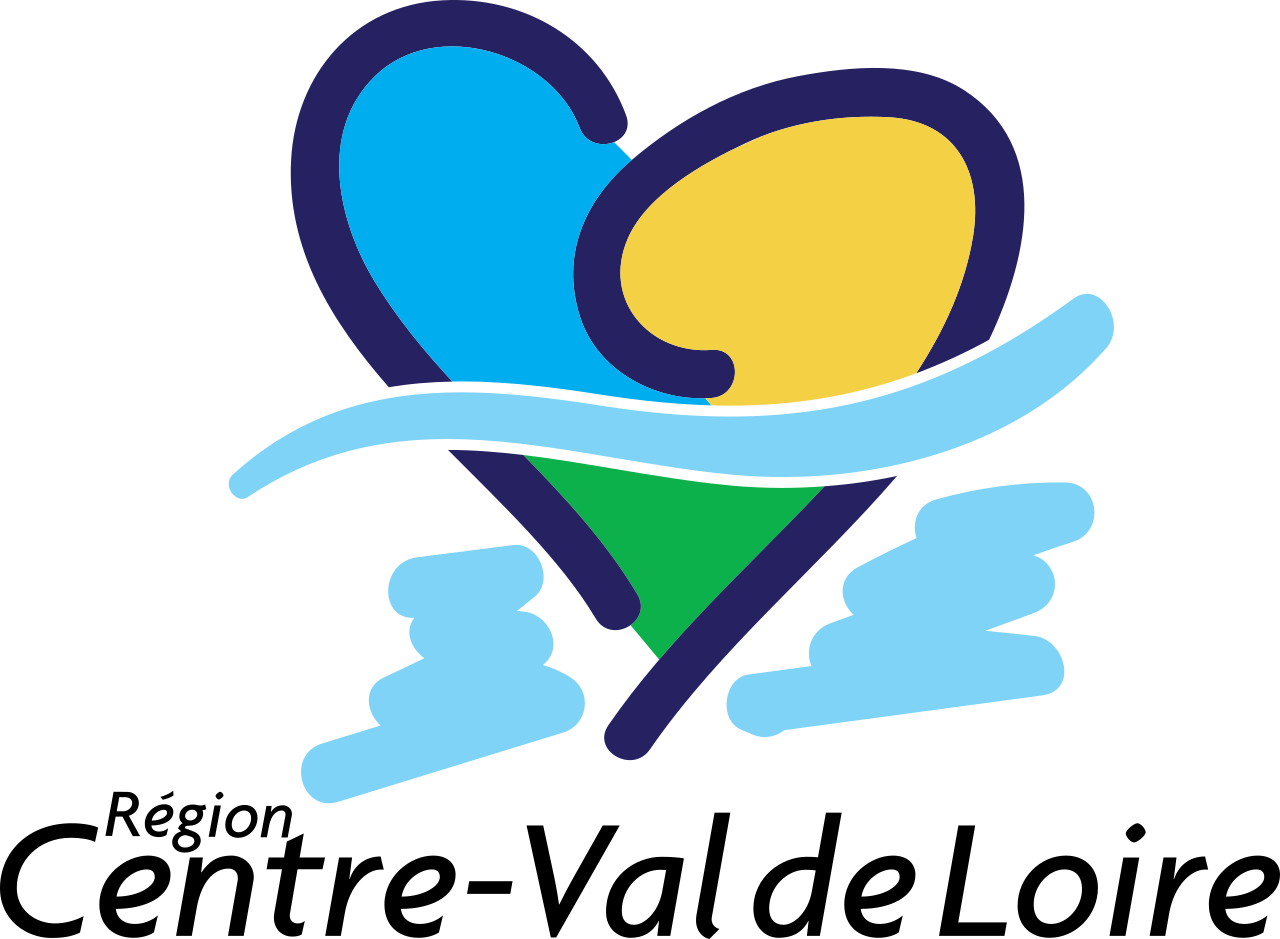 Centre-Val de Loire
Centre-Val de Loire
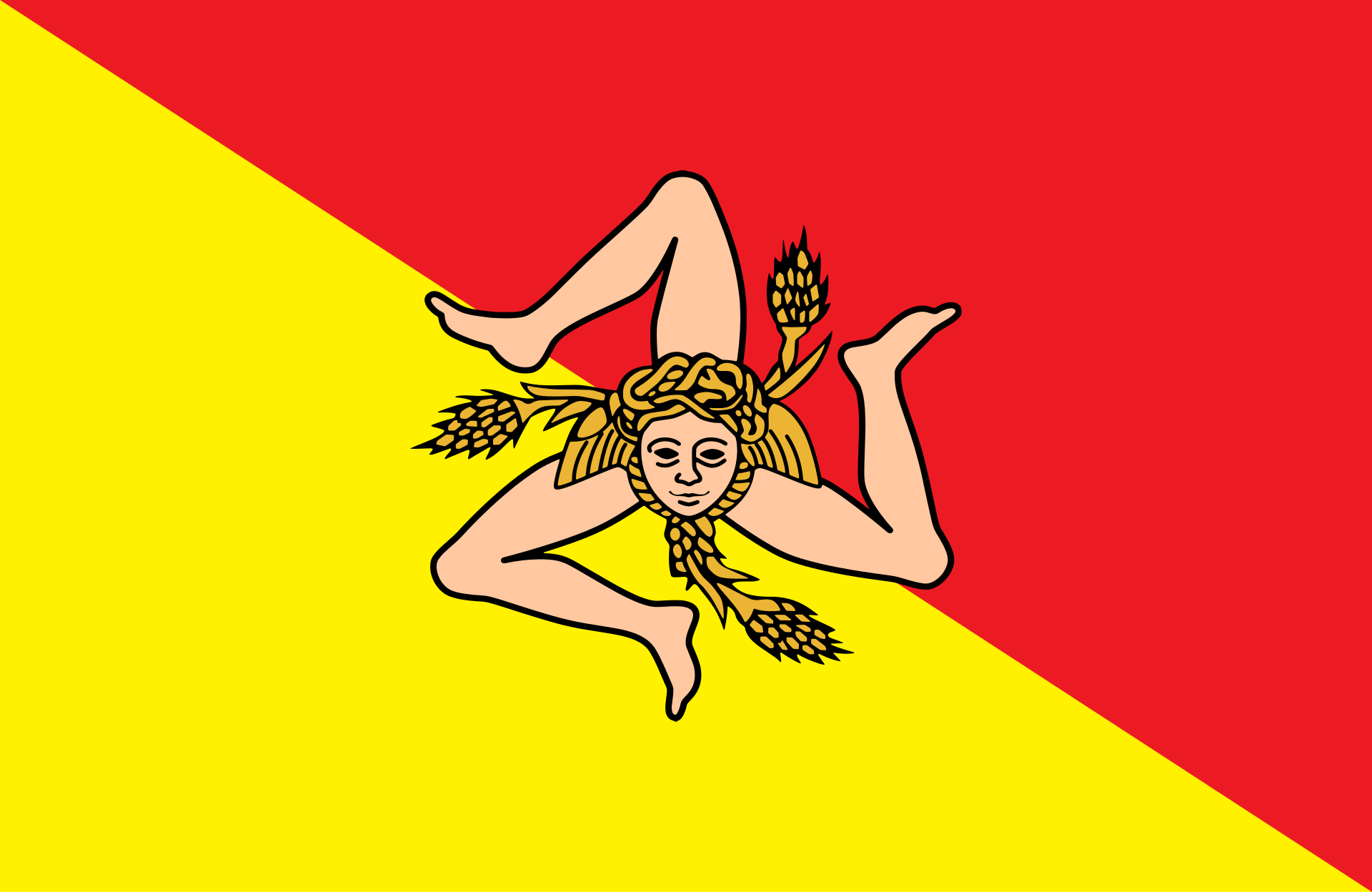 Sicilia
Sicilia
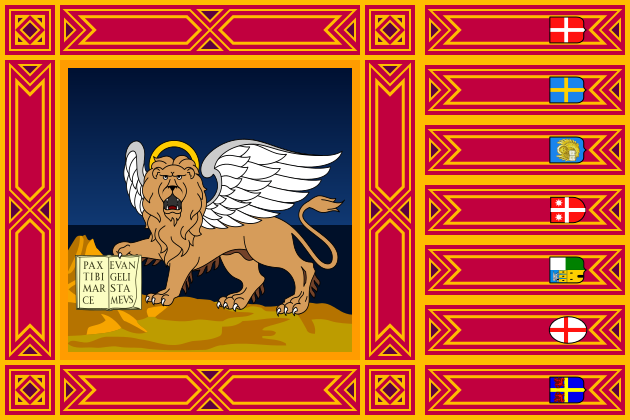 Veneto
Veneto
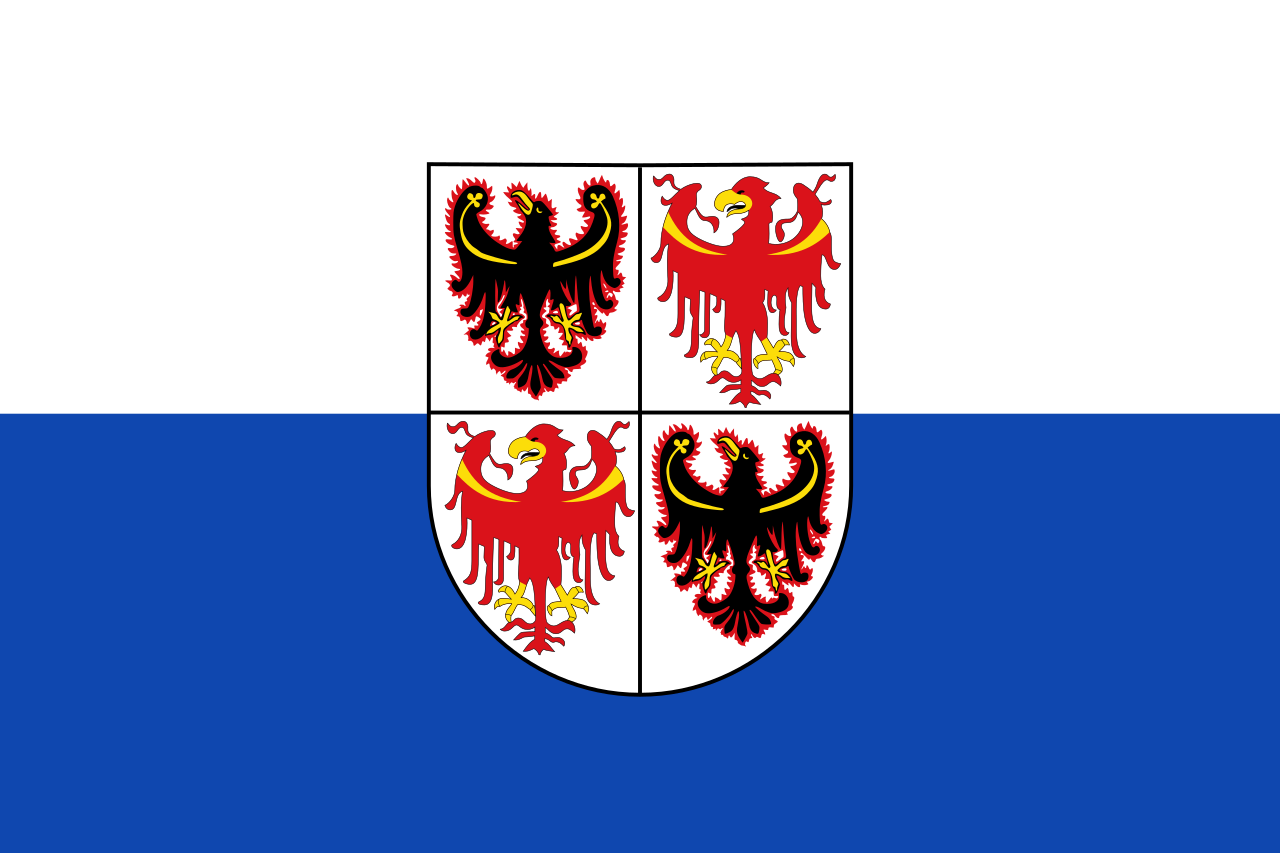 Trentino-Alto Adige
Trentino-Alto Adige